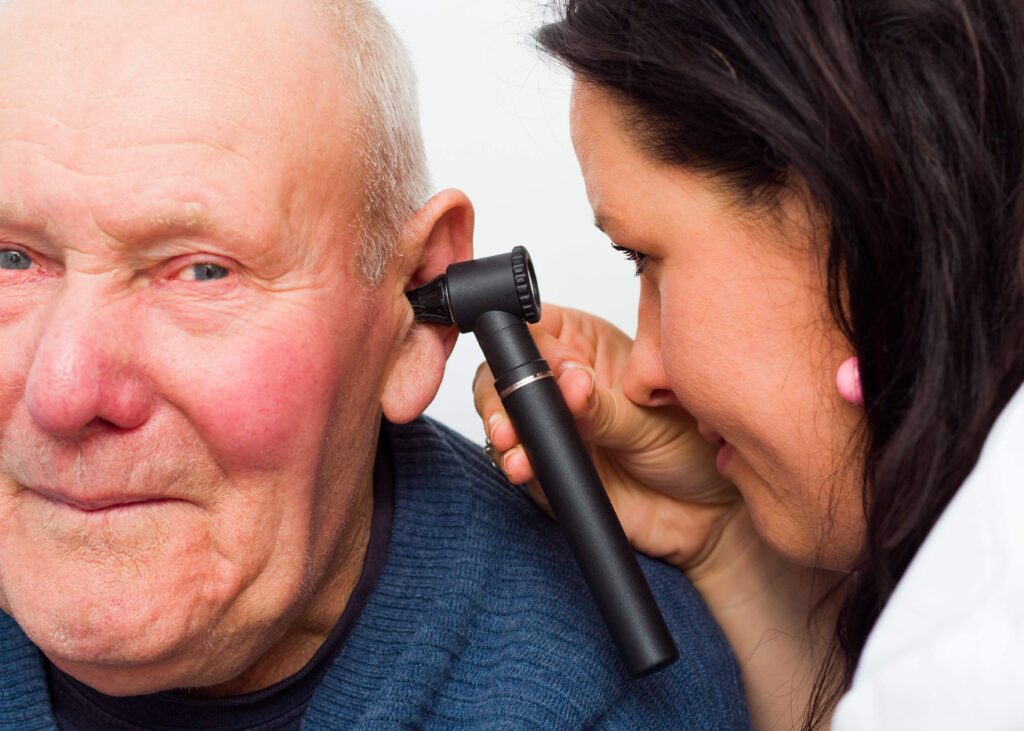Could your genetics put you at higher risk for age-related hearing loss? A new study researching some of the smallest structures of the inner ear and the role one particular gene plays indicates that may just be the case.
The complicated case of age-related hearing loss
Age-related hearing loss, also known as presbycusis, is a common condition. It is estimated that approximately 25 percent of Americans between the ages of 55 and 64 have some hearing loss and almost 50 percent over the age of 65 are affected by hearing loss.
Common signs of age-related hearing loss include:
- Difficulty understanding speech
- Needing others to repeat words and phrases often
- Volume on TVs and radios that is too loud for others
With the number of people with age-related hearing loss only growing, experts have continued to look for answers as to why it happens, how to prevent it and how best to manage it. One recent study has taken the search deeper than ever before – all the way down into the DNA of some of the smallest structures of the inner ear.
Smaller than a hair cell
The study, led by a team at the University of Virginia School of Medicine and conducted in collaboration with the National Institutes of Health and Stanford University, has gone beyond the hair cells of the inner ear down to their very foundations. This foundation, called the “cuticular plate,” plays a vital role in hearing but is only now able to be studied due to scientific advances. Researchers have found that this plate may become less stable over time due to genetics.
“We find that it [the cuticular plate] is important for the ability of the hair cells to detect sound but also for the overall vibrations that happen in the cochlea,” said UVA researcher Jung-Bum Shin, Ph.D. “Defects in this cuticular plate appear to lead to progressive hearing loss.”
The research team, with the help of mice, studied the effect of one particular gene, Lmo7, on the cuticular plate. They found that when the gene was blocked, the mice gradually developed age-related hearing loss. The team determined that this small variation affected the strength of the plate and, in turn, hearing function. They now plan to look closer at this gene to uncover more information and insight for future use.
Potential for the future
While more studies are needed to determine if other genes play a role in this type of hearing loss, the research team is hopeful that one day soon a simple genetic test could help determine a person’s risk of developing age-related hearing loss.
This insight, paired with what we know about other factors that can impact hearing, could prove invaluable for prevention, early diagnosis, and treatment of age-related hearing loss. In turn, early diagnosis and treatment could help to reduce the risk of associated conditions such as cognitive decline and depression.
Hearing loss can impact so many aspects of your life and often goes unnoticed for years without a hearing evaluation. Contact our office to schedule one and get started treating your hearing loss.




